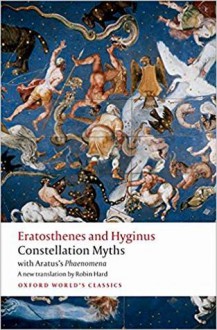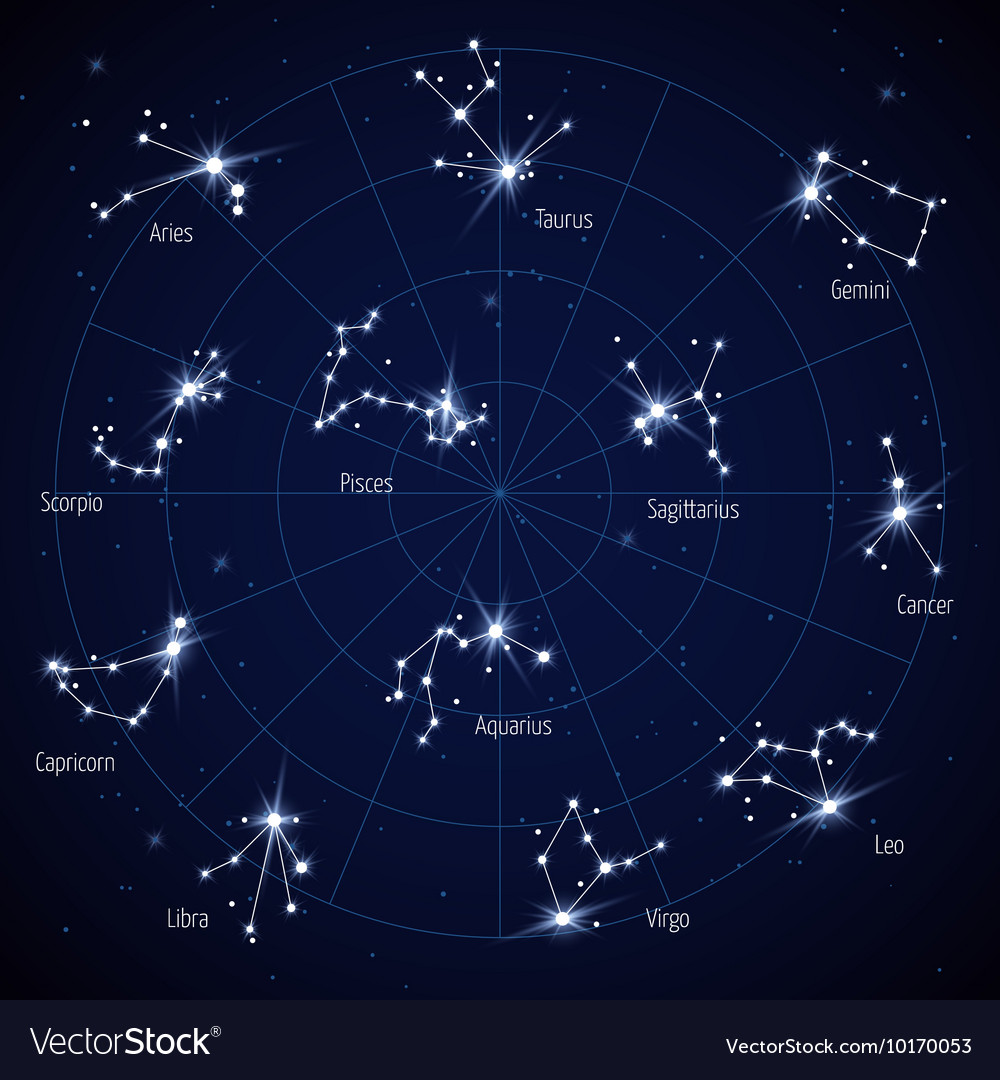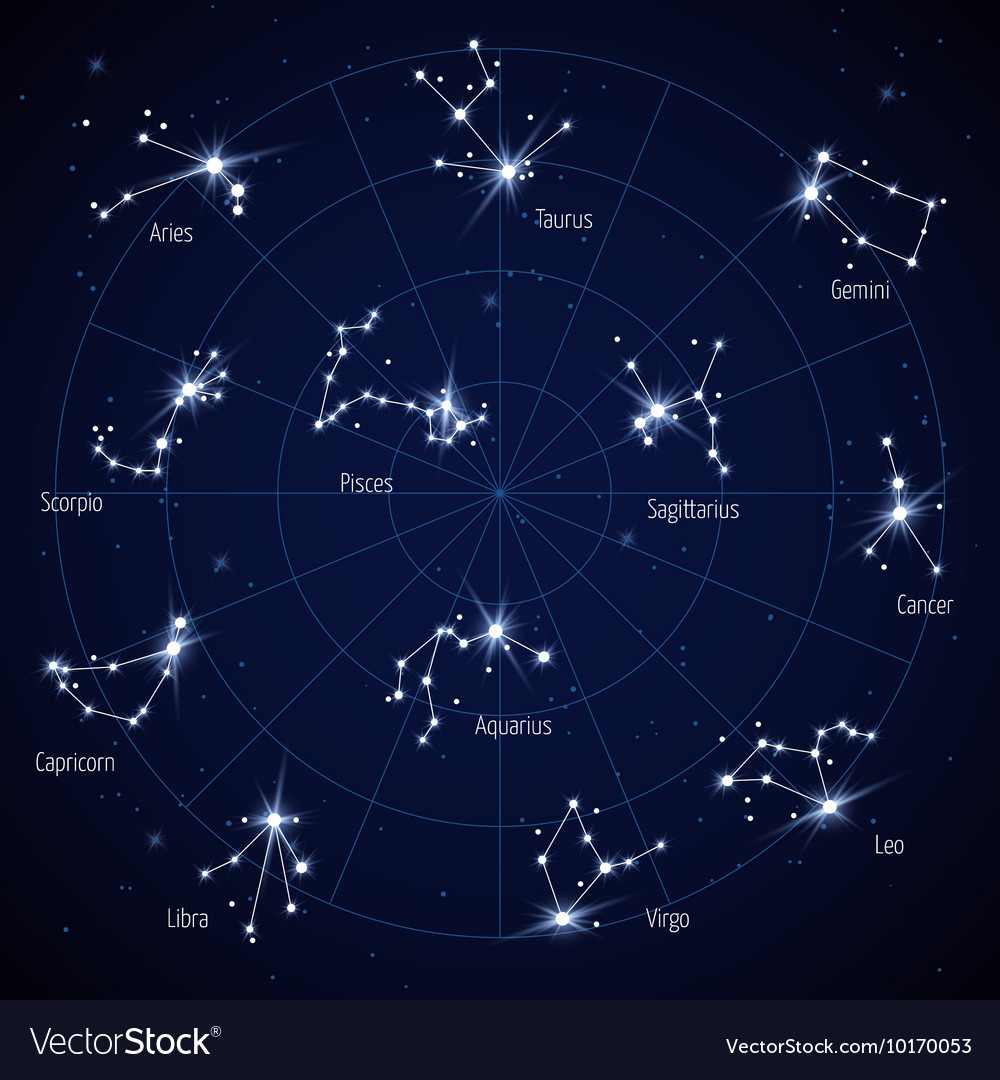No more spam texts on your iPhone from now onwards. Read these steps to silence notifications from spam users. Read more https://digitalsushma.com/guide-on-how-to-hide-messages-on-iphone/

No more spam texts on your iPhone from now onwards. Read these steps to silence notifications from spam users. Read more https://digitalsushma.com/guide-on-how-to-hide-messages-on-iphone/
No more spam texts on your iPhone from now onwards. Read these steps to silence notifications from spam users.

TITLE: Candide and Other Stories
AUTHOR: Voltaire
TRANSLATOR: Roger Pearson
EDITION: Oxford World's Classics
ISBN-13: 9780199535613
_____________________________
DESCRIPTION:
"Candide is the most famous of Voltaire's "philosophical tales," in which he combined witty improbabilities with the sanest of good sense. First published in 1759, it was an instant bestseller and has come to be regarded as one of the key texts of the Enlightenment. What Candide does for chivalric romance, the other tales in this selection--Micromegas, Zadig, The Ingenu, and The White Bull--do for science fiction, the Oriental tale, the sentimental novel, and the Old Testament. The most extensive one-volume selection currently available, this new edition includes a new verse translation of the story Voltaire based on Chaucer's The Wife of Bath's Tale: What Pleases the Ladies and opens with a revised introduction that reflects recent critical debates, including a new section on Candide."
____________________________
REVIEW:
I enjoyed the poem "What Pleases the Ladies?" and the short stories "Micromegas" and "The White Bull", but "Candide", "Zadig" and "The Ingenu" I found to be a bit tedious and long winded even though they weren't all that long. Unfortunately, world classics don't seem to appeal to me much. I can't say how accurate the translation is but it flows nicely without being clunky. The notes at the back are helpful. I just wish they would stick the damn notes at the bottom of the relevant page instead of making the reading flip to the back all the time.

TITLE: The Secret History
AUTHOR: Procopius
DATE PUBLISHED: 1982 (originally 550 AD)
EDITION: Penguin Classics
FORMAT: Paperback
ISBN-13: 9780140441826
_____________________________
DESCRIPTION:
"Having dutifully written the official war history of Justinian's reign, Procopius turned round and revealed in The Secret History the other faces of the leading men and women of Byzantium in the sixth century. Justinian, the great law-giver, appears as a hateful tyrant, wedded to an ex-prostitute, Theodora; and Belisarius, the brilliant general whose secretary Procopius had been, is seen as the pliable dupe of his wife Antonina, a woman as corrupt and scheming as Theodora herself."
______________________________
REVIEW:
To all dictators/generals/despots/rulers: don't piss off the official historian you've employed, he might just write a nasty book about you - to be published after his death (of course)... just in case.
Procopius of Caesarea was a Byzantine Greek scholar who accompanied the Byzantine general Belisarius on a variety of Emperor Justinian's wars. Procopius became the principal Byzantine historian of the 6th century, writing the History of the Wars, the Buildings, and the Secret History. The Secret History is supposed to be a supplement to the Wars, containing explanations and additions that Procopius could not insert into the latter work for fear of Justinian and Theodora. In his Secret History, Procopius claims to expose the private lives and motivations for their public actions of Emperor Justinian, Empress Theodora, general Belisarius and his wife Antonina.
There is some debate as to the accuracy of Procopius's Secret History and his motivation for writing it, but the book does provide some rather eyebrow raising shenanigans of the going-on in Byzantine at this time. The book also comes across as a manual on how to rob your citizens and completely ruin an empire.
The whale, Porphyrion, was mentioned as terrorizing Byzantine shipping and sailors. So I had to go look that up.
If anyone wants to read a free copy of Procopius's Secret History:
https://www.sacred-texts.com/cla/proc/shp/index.htm

TITLE: Eratosthenes & Hyginus - Constellation Myths: with Aratus's Phaenomena
AUTHORS: Eratosthenes, Hyginus, Aratus
TRANSLATOR: Robin Hard
PUBLICATION DATE: 2015 (originally +/- 194 B.C)
EDITION: Oxford World's Classics
FORMAT: Paperback
ISBN-13: 9780198716983
________________________
DESCRIPTION:
" The constellations we recognize today were first mapped by the ancient Greeks, who arranged the stars into patterns for that purpose. In the third century BC Eratosthenes compiled a handbook of astral mythology in which the constellations were associated with figures from legend, and myths were provided to explain how each person, creature, or object came to be placed in the sky. Thus we can see Heracles killing the Dragon, and Perseus slaying the sea-monster to save Andromeda; Orion chases the seven maidens transformed by Zeus into the Pleiades, and Aries, the golden ram, is identified flying up to the heavens.
This translation brings together the later summaries from Eratosthenes's lost handbook with a guide to astronomy compiled by Hyginus, librarian to Augustus. Together with Aratus's astronomical poem the Phaenomena, these texts provide a complete collection of Greek astral myths; imaginative and picturesque, they also offer an intriguing insight into ancient science and culture. "
_____________________________
REVIEW:
This book translates four texts: (i) the Epitome and (ii) the Fragmenta Vaticana, which are versions of the Catasterisms of Eratosthenes, (iii) the Astronomica of Hyginus, and (iv) the Phaenomena of Aratus.
The translations and commentary about the mythological origins of the constellations are interesting, though somewhat repetitive. Under each of the book's 50 constellations are set out the sections of Eratosthenes and Hygenius, followed by a short commentary. The layout of this book does not follow the layout of the originals and is concerned primarily with the mythology of the constellations and not any additional material. This book lacks sufficient diagrams - there are only two fuzzy diagrams at the beginning of the book which are inadequate. Additional diagrams of each constellation should have been included, especially in light of the modern reader's presumed lack of star gazing knowledge. The prose translation of Aratus's Phaenomena consists of: (i) The Constellations, (ii) Measuring of Time through Observation of the Heavens, and (iii) Weather Signs, followed by extracts from Geminos' Introduction to the 'Phaenomena' included as an appendix.
This is a nice introduction to stellar mythology, but I suggest having a star atlas or constellation map on hand while reading it.


